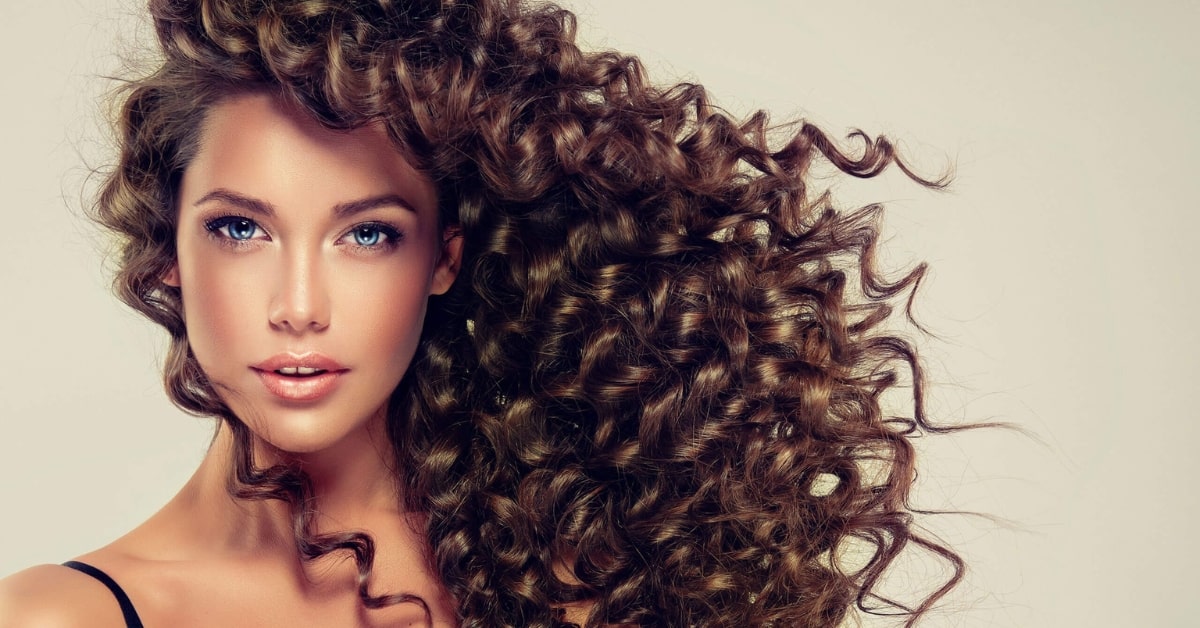In portrait photography and photo editing, hair plays a crucial role in framing the subject’s face and adding character to the overall image. Retouching hair in portraits involves enhancing its appearance, texture, and details to achieve a polished and refined look. In this guide, we’ll explore the intricacies of Portrait Retouching Hair, discussing techniques, considerations, and the significance of this aspect in portrait editing.
Understanding Portrait Retouching Hair
Retouching hair in portraits involves various techniques aimed at refining and enhancing its appearance. This process addresses factors such as flyaways, color adjustments, shine, texture, and overall styling to achieve the desired aesthetic.
Key Aspects of Portrait Retouching Hair
- Flyaway and Stray Hair:
- Removing stray hairs and flyaways to create a neater and more composed look.
- Color and Tone Adjustments:
- Adjusting hair color tones, highlights, or shadows to enhance or modify the overall appearance.
- Texture and Shine Enhancement:
- Enhancing hair texture and adding shine to achieve a healthier and more vibrant look.
- Styling and Definition:
- Refining hairlines, defining strands, or adjusting hair shape for a more polished appearance.
Techniques for Portrait Retouching Hair
- Spot Healing and Cloning Tools:
- Using spot healing and cloning tools to remove stray hairs or imperfections in the hairline.
- Color Adjustment Layers:
- Applying adjustment layers for color correction, highlights, or shadows to achieve desired tones.
- Dodging and Burning:
- Dodging (lightening) and burning (darkening) specific areas of the hair for depth and definition.
- Texture Enhancements:
- Utilizing brushes or texture overlays to enhance hair texture and add volume.
Considerations for Portrait Retouching Hair
- Maintaining Realism:
- Striving for natural-looking hair adjustments without over-editing to maintain authenticity.
- Consistency with Style:
- Ensuring that hair retouching aligns with the overall style and aesthetic of the portrait.
- Communication with Clients:
- Discussing preferences and expectations with clients to achieve desired hair retouching outcomes.
FAQs
Can I change the hairstyle entirely during retouching?
While minor styling adjustments are possible, drastic changes might require more advanced editing techniques.
Are there specific tools for retouching different hair types (straight, curly, etc.)?
The same retouching techniques can be applied to different hair types, but adjustments may vary.
Will hair retouching affect the overall image resolution or quality?
Correctly applied retouching techniques should maintain image resolution without compromising quality.
Is it possible to add volume or density to thin-looking hair through retouching?
Retouching can create the illusion of added volume through texture enhancements and adjustments.
Conclusion
Portrait retouching hair is an essential aspect of refining portraits, contributing significantly to the overall aesthetics. By employing specific techniques and considering individual preferences, photographers and editors can achieve polished and captivating portraits.
This page was last edited on 28 February 2024, at 5:51 pm
